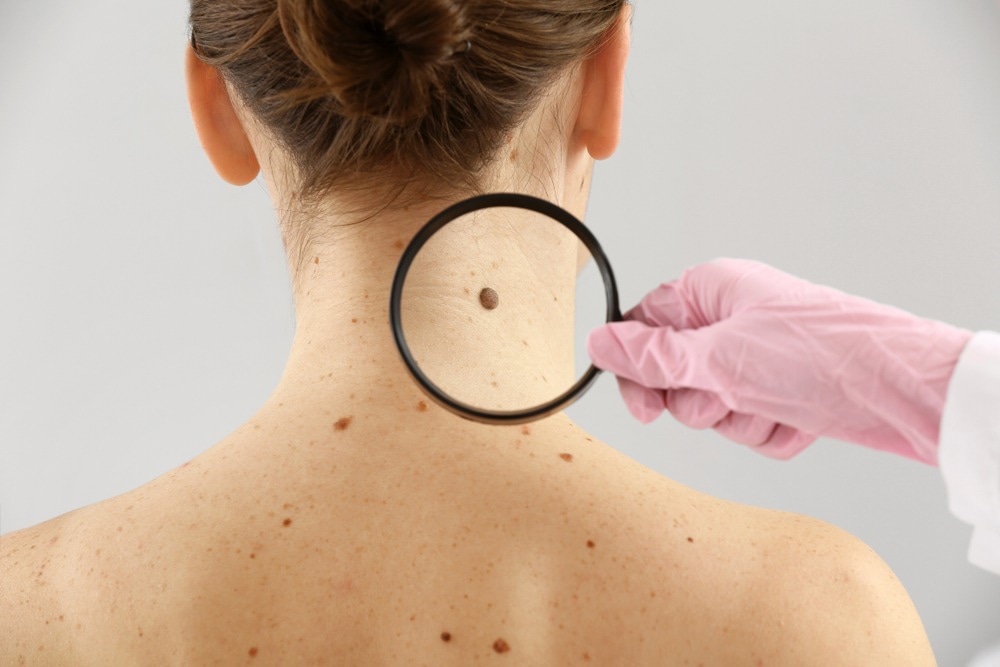On a worldwide basis, in 20202, more than 150,000 new cases of melanoma were reported. However, the specific incidence rates throughout the world vary considerably according to the genetic tendencies of the population and environmental factors, such as ultraviolet (UV) radiation from sunlight. There are notably high rates in Australia and New Zealand compared to the rest of the world.
 Melanoma?" />
Melanoma?" />
Image Credit: Pixel-Shot/Shutterstock.com
Australia and New Zealand Statistics
Australia and New Zealand have the highest incidence of melanoma in the world that continues to increase, particularly among Caucasian populations living in these countries.
The prevalence of melanoma in Australia places it as the third most common cancer for both genders. It appears to be on the rise, with a 30 percent increase between 1991 and 2009.
In 2020, more than 16,000 Australians were diagnosed with the disease, with a rate of 36.6 new cases per 100,000 population, which is 12 times higher than the world average. Additionally, there were 7.3 – 9.8 deaths due to melanoma per 100,000 population.
United States Statistics
It is expected that 99,780 adults will be diagnosed with invasive melanoma in the United States this year. The disease is estimated to be responsible for nearly 10,000 deaths this year.
Although melanoma accounts for a few cases of skin cancer in the United States, it causes the highest number of deaths due to skin cancer.
Genetic and Environmental Susceptibility to Melanoma
Some individuals are at risk of melanoma due to an inherited genotype such as CDKN2A or CDK4, which is likely associated with a family history of melanoma. Individuals with fair skin and red hair are more likely to be affected.
Intermittent sun exposure resulting in sunburn is known to cause melanoma, accounting for the common presentation of tumors on the backs of men and legs of women. The use of sunbeds is also linked to the development of melanoma.
Gender
Melanoma is more common among men than women in most countries in the world. However, for younger populations, the rate of females with melanoma is considerably higher than that of males.
Survival Rates of Melanoma
Most people with melanoma are cured with the initial surgical procedure to remove the melanoma. The overall survival rate is 91% at five years following diagnosis and 89% after ten years, but this depends greatly on the cancer stage at the time of diagnosis. These different stages and survival rates are outlined below:
- Stage 0: 99.9% survival
- Stage I: 89-95% survival
- Stage II: 45-79% survival
- Stage III 24-70% survival
- Stage IV: 7-19% survival
However, these survival rates should be taken lightly as the rate of progression of melanoma research is relatively rapid, and these figures are based on older treatment techniques.

Image Credit: Christoph Burgstedt/Shutterstock.com
References:
- Global burden of cutaneous melanoma in 2020 and projections to 2040 – IARC (2022). Available at: https://www.iarc.who.int/featured-news/global-burden-of-cutaneous-melanoma-in-2020-and-projections-to-2040/ (Accessed: 4 August 2022).
- Melanoma - Statistics (2012). Available at: https://www.cancer.net/cancer-types/melanoma/statistics (Accessed: 4 August 2022).
Further Reading